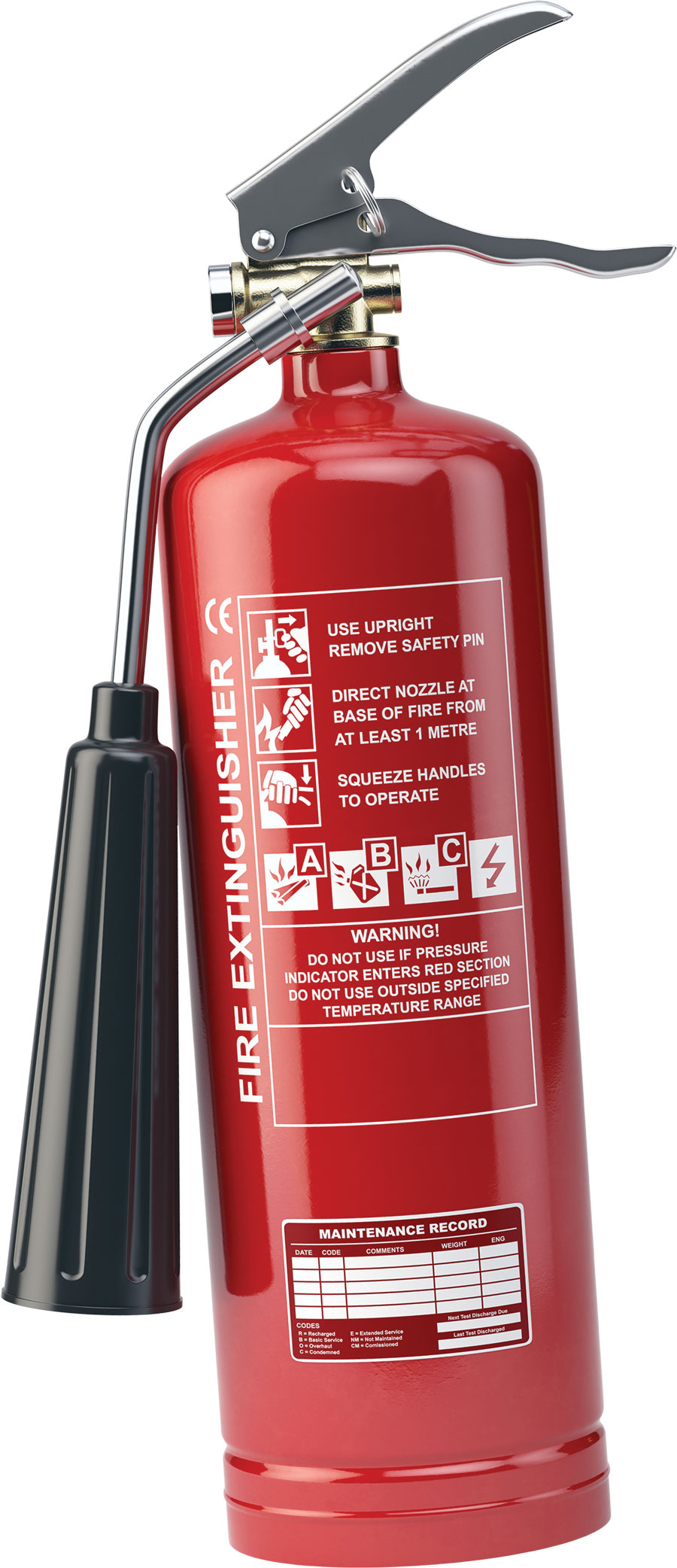



We enjoy relaxing on our pontoon while tied up at the local floating restaurant bar. It’s actually the only restaurant/bar on our lake; Army Corps of Engineer flood control lakes are like that. The Army doesn’t allow private parties to own lake shore property, but we are lucky that the only marina we have has a floating restaurant bar.
The bar brings in live music and we boat owners can tie up in a few slips provided and listen to the music. If we get there early enough, we can get a good slip (seat) for the band and have food and drink from the restaurant so we can enjoy the show.
Awhile back we were docked about six slips down from the spot that the Lake Patrol has reserved for their boat. The officers tied up their boat and came ashore. As they were walking towards the bar area, they stopped by a boat that was a couple slips away, talked to the people on board, and promptly pulled out what looked like a ticket book and either gave them a ticket or a warning, I never heard which.

It looked like the owners had not put on their new state registration sticker. We get new ones every few years and they change colors and I noticed the boat didn’t have a new sticker on it. That’s my guess.
Anyway, what I am getting at is just because you are tied up doesn’t mean you’re not supposed to follow a few basic rules. Whether your boating season is just starting, halfway through or just about over, it doesn’t mean you can let the rules/laws slide. And if you didn’t know, there are a few new important rules that recently came out.
First, did you know the Engine Cutoff Switch Law went into effect in 2021? “Section 503 of the LoBiondo Coast Guard Authorization Act of 2018 created 46 USC 4312 to require a manufacturer, distributor, or dealer that installs propulsion machinery and associated starting controls on a covered recreational vessel (less than 26 feet long and capable of 115 pounds of static thrust) to equip the vessel with an ECOS per compliant with ABYC Standard A-33. This law went into effect on December 4, 2019, one year after the 2018 CGAA was enacted and is referred to as the “installation requirement.”
The second one that is probably even more important is “Section 8316 of the National Defense Authorization Act of 2021 amended 46 USC 4312 to require individuals operating those recreational vessels covered by the installation requirement to use ECOS links, except if the main helm is within an enclosed cabin or the vessel does not have and is not required to have an ECOS.” This is also considered a “use requirement.”
Basically, “covered recreational vessels” means any motorized boat with 3 or more horsepower that is less than 26 feet in length. Which means most of us. When operating your pontoon, the operator must attach to the engine cutoff switch. Usually, the connection is a bungee type of a lanyard from the switch to the operator’s wrist. Just curious: do you use yours?
Third is a rule that covers fire extinguisher which took effect on April 20, 2022. The regulation may be found in 33 CFR Chapter 1, Subchapter S Part 175 Subpart E. My understanding is that all disposable (non-rechargeable) fire extinguishers now have a 12-year expiration. Dates need to be on the fire extinguisher.
Another change is that if your boat is newer than a 2018 model year you must carry a newer classification fire extinguisher. That is a “5-B, 10-B or 20-B” classification. If you didn’t know, the number (5, 10, 20) is the square feet of a potential fire the extinguisher can extinguish. Anyway, if you have an older boat (2017 or older) you can use the old, labeled extinguishers until the 12-year expiration, then they need to be replaced with a new style.
So, is that, “How much fire can an extinguisher extinguish if the extinguisher is extinguished?”

